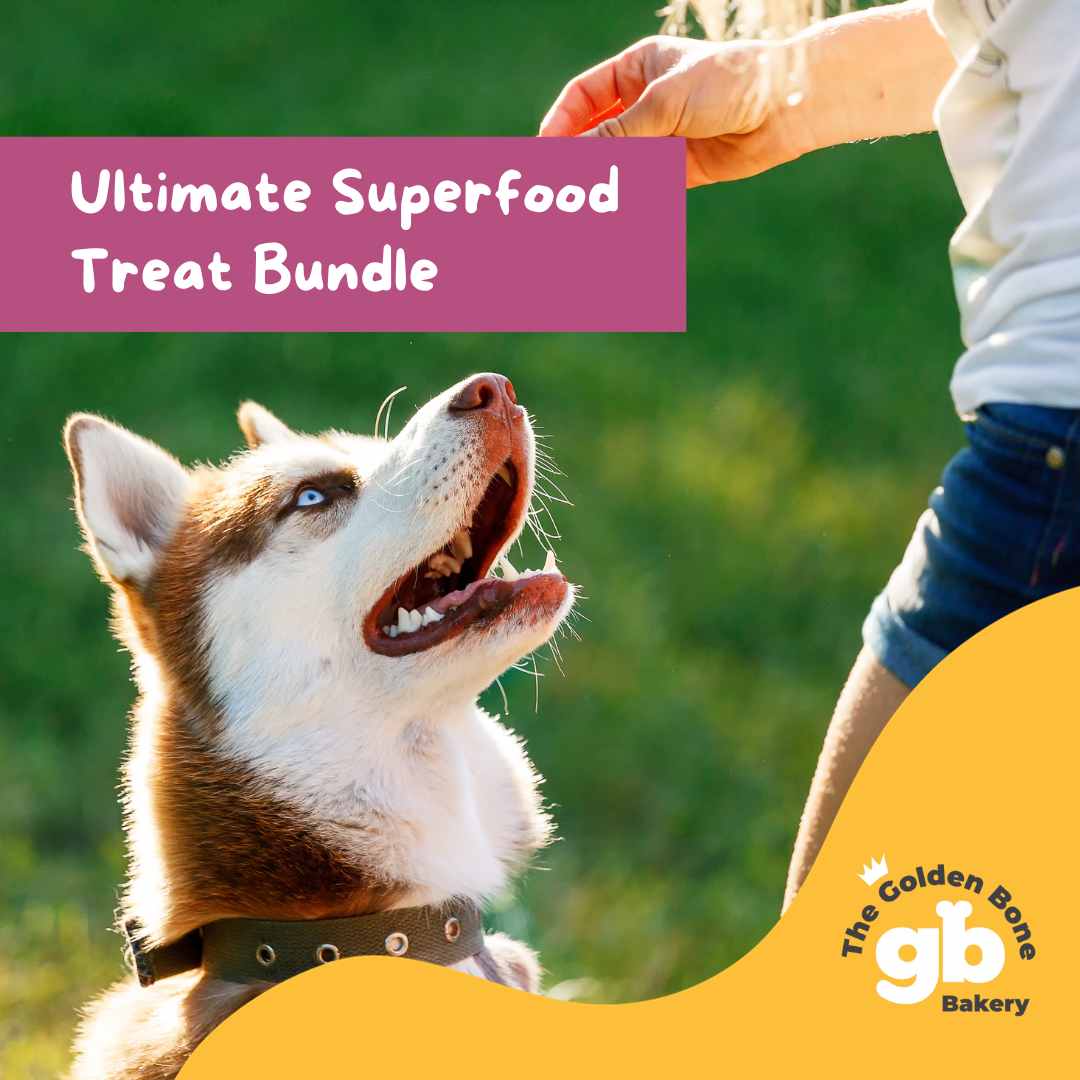A Pet-Friendly Garden for You and Your Furry Friends
It's springtime here in Australia, which means it's the perfect time to get out into the garden. But if you have pets, you might be worried about their safety. In this post we will be covering the following topics to ensure you create a pet-friendly garden that you and your furry friends can enjoy:
- Planning a pet-safe garden
- Pet-friendly plants
- Creating a garden suitable for your climate
- Making designated areas for dogs and cats
- Protecting your veggie patch
- Choosing pesticides
Start with a plan
Before you start planting, it's important to know which plants are toxic to pets and which ones are safe. In this blog post we go over the top 7 plants to avoid (read here) Once you have an idea of what you want your garden to look like, you can begin planning where to put each plant.
You plan can also include areas such as places to play with your furry friend, and even kennel placement.
Choose pet-friendly plants
Some of the best plants for a pet-friendly garden are Australian natives, such as Callistemon (Bottlebrush), Eremophila (Emu Bush), Grevillea (Spider Flower) and Melaleuca (Honey Myrtle). These plants are not only beautiful and will attract native wildlife, but they're also non-toxic to dogs and cats.

Consider your climate
You climate will have a huge impact on how you plan out your garden in general. Your furry friends will need plenty of shade and access to water if they are in the summer heat and a place to stay dry and warm in the colder months.
Also, when choosing plants for your garden, consider your climate. Some plants will do better in certain climates than others. For example, if you live in a hot climate, choose plants that can tolerate heat and humidity, such as Aloe vera or Cacti. If you live in a cold climate, opt for hardy plants that can withstand the cold weather, such as Lavender or Rosemary.
Create designated areas for rest and play
If you have both dogs and cats, it might be a good idea to create designated areas in your garden for each pet. This way, you can make sure that each animal has access to the plants that are safe for them play with without worrying about the other one getting into something they shouldn't.
Another way to create designated spaces in a pet-friendly yard is with fencing. As a pet owner you probably already have a well-secured area around the perimeter of your home and pool, but you can also use fencing to create some designated areas where you don't want your furry friend to go such as the veggie patch.
When you put up barriers ensure they are appropriate for your pet. You can also add features like a kennel, sandpit or dog run to give them an extra space to play.

Protecting your veggie patch
One of the best parts about having your own backyard is the ability to grow your own fresh fruit and vegetables. But how do you your veggies intact when your furry friend decides they are just as delicious?
There are plenty of deterrents available such as electronic Pingg-String barriers that give your furry friend a gentle zap (similar to mild static electricity). If you don't want to use electricity near your garden beds, you can use fencing or cat deterrent spikes available which stop curious cats from looking around the veggies. Some gardeners also use motion-activated sprinklers which may annoy dogs and cats into keeping away from your veggies.

Be mindful of pesticides, especially rodent pellets
If you use pesticides in your garden, make sure they are pet-safe and never use them around food that your pets might eat (e.g., on fruits or vegetables). It's also important to keep all chemicals out of reach of pets and children.
By following these simple tips, you can create a beautiful and pet-friendly garden that everyone can enjoy! Just remember to do your research before planting anything, choose plants that are suitable for your climate and be mindful of pesticides if you're using them in your garden. With a little bit of planning, you can easily create a safe haven for both humans and animals alike!


